Comprehensive industrial automation solutions for global industries
If you are interested in our products and want to know more details,please Contact us,we will reply you as soon as we can.
Contact Support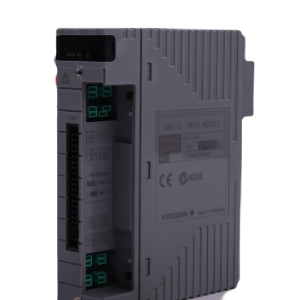
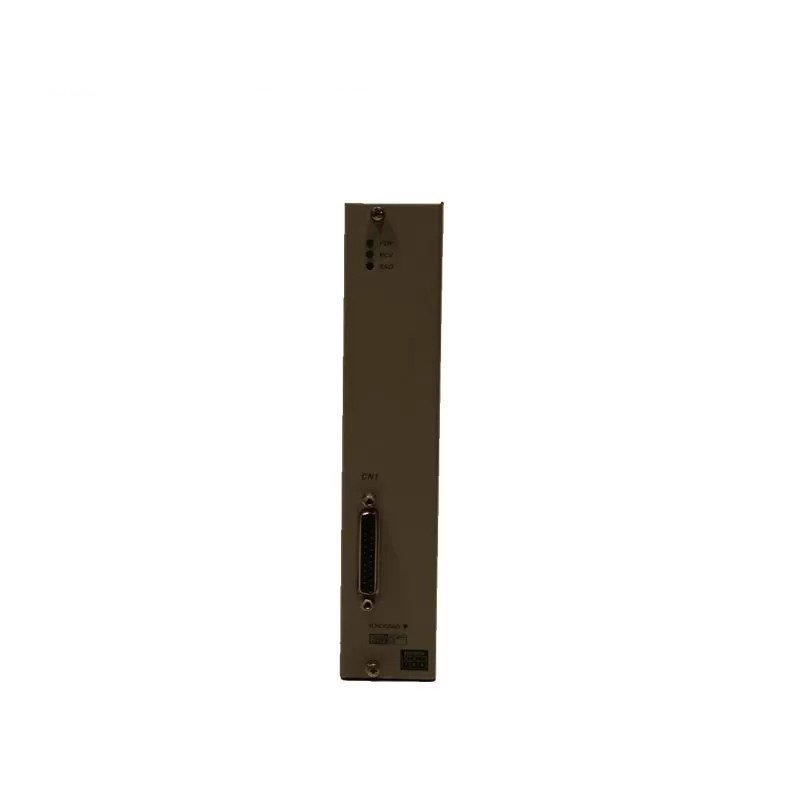
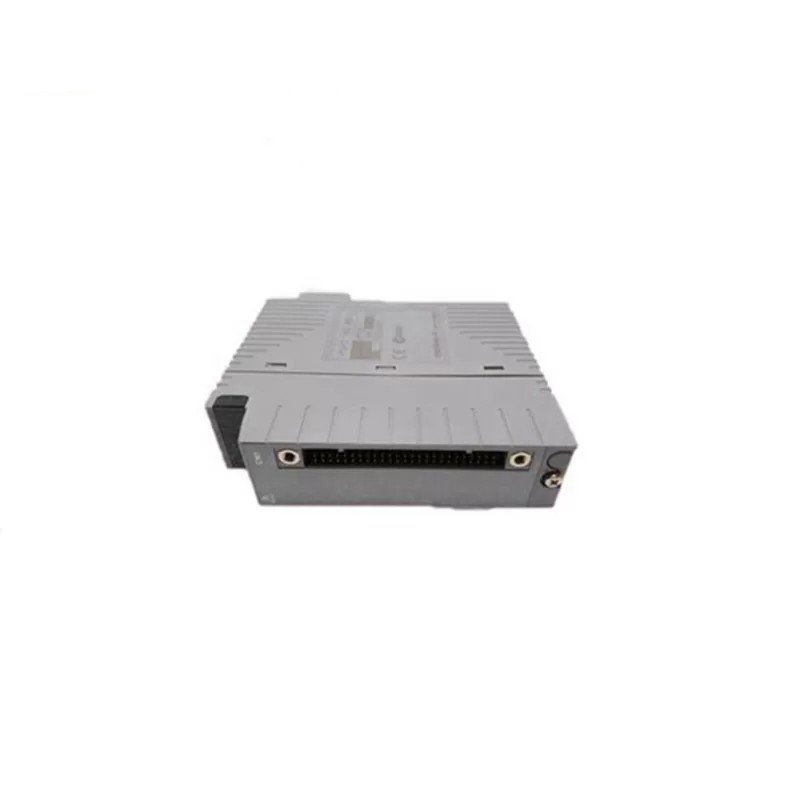
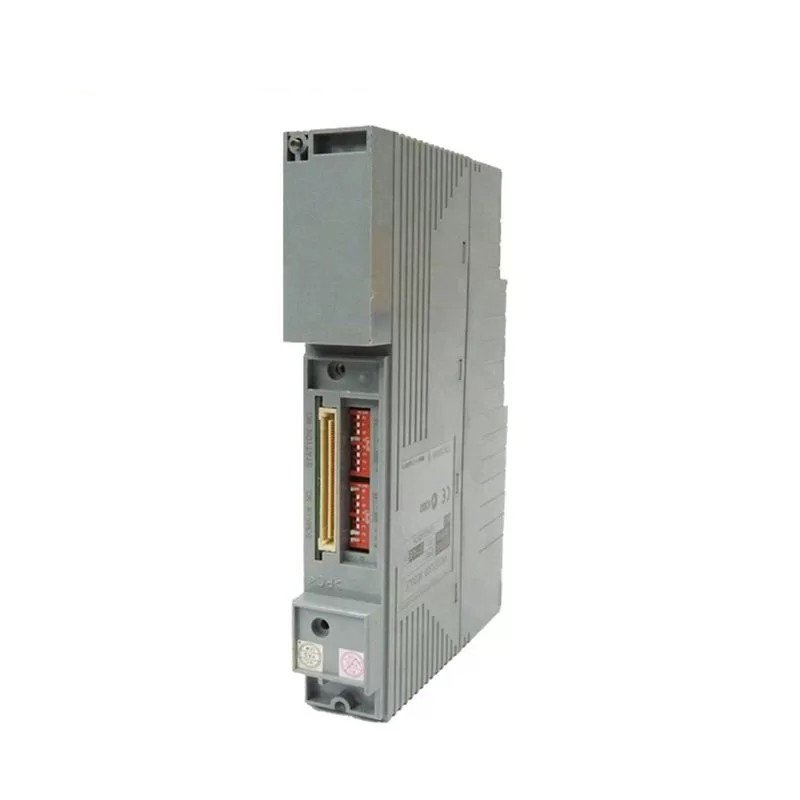


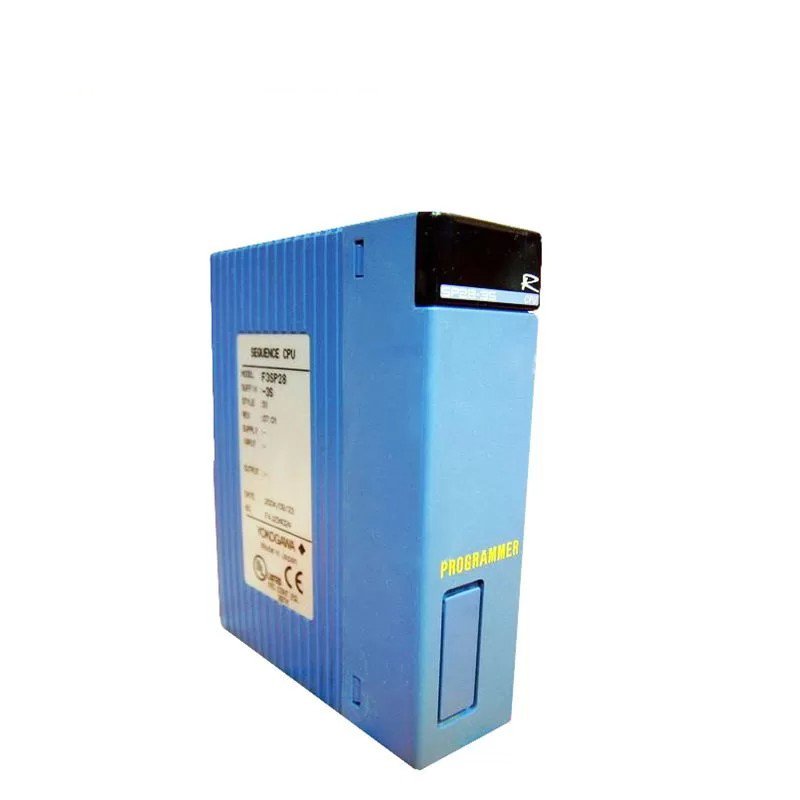
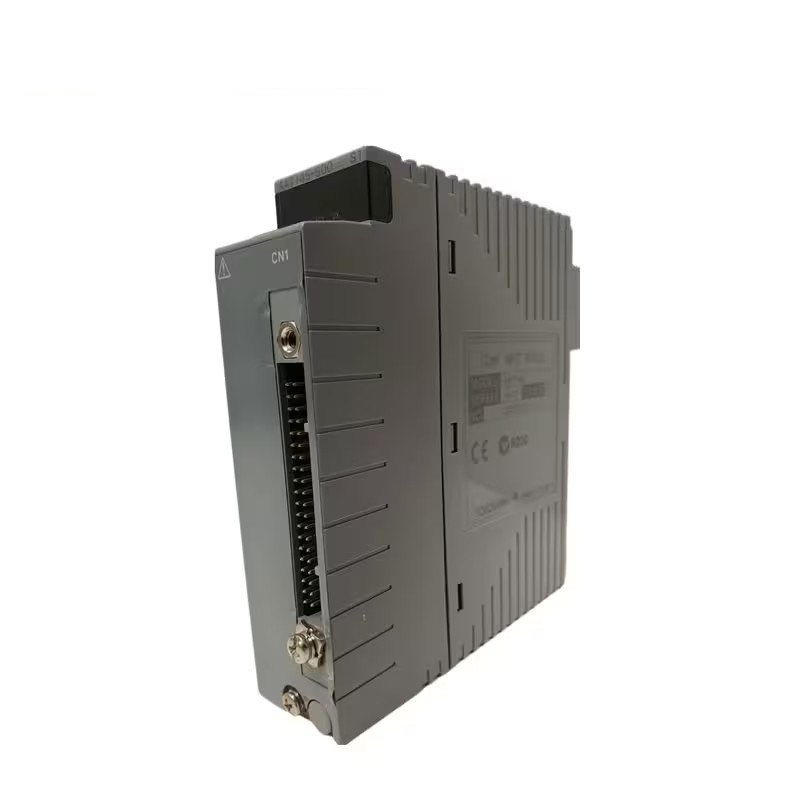

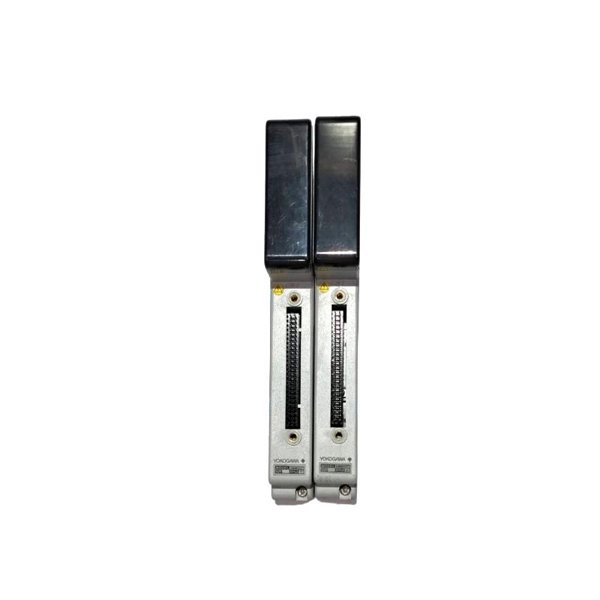
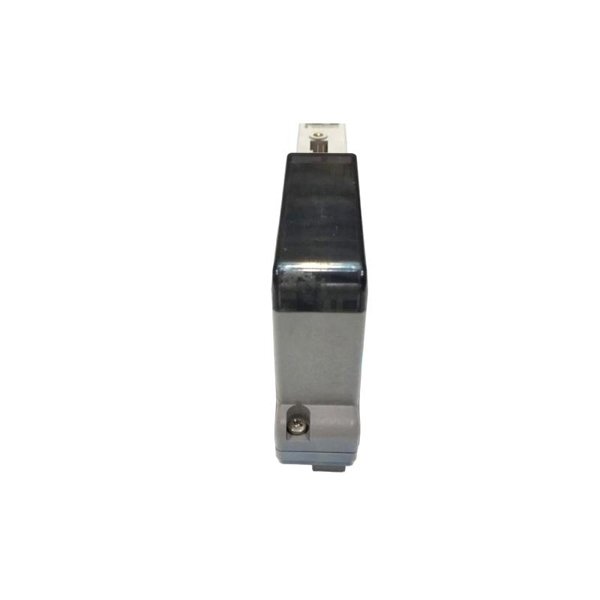





Manufacturer:Yokogawa
Product Number:AMM32CJ
Product Type:RTD Input Multiplexer Module
Origin:Japan
Dimensions:125 x 130 x 248 mm
Weight:1.8 kg
Views:52
Payment Methods:T/T, PayPal, Western Union
Condition:New & In Stock
Warranty:1 Year
Lead Time:1-3 Working Days
Certificate:COO
Courier partners:DHL, UPS, TNT, FedEx and EMS.
Business hours:7*24
The Yokogawa AMM32CJ is a high-performance RTD (Resistance Temperature Detector) input multiplexer module designed for industrial process control applications. As part of Yokogawa’s modular instrumentation lineup, it integrates seamlessly into distributed control systems (DCS), providing reliable temperature measurements across multiple points within a process. Its compact design and flexible integration capabilities make it ideal for industries such as chemical processing, oil and gas, power generation, and food and beverage.
| Parameter | Details |
|---|---|
| Model Number | AMM32CJ |
| Manufacturer | Yokogawa Electric Corporation |
| Product Type | RTD Input Multiplexer Module |
| Input Channels | 16 channels |
| Supported RTD Types | Pt100, JPt100, Ni100, Cu50, Cu100 |
| Input Signal Range | Varies based on RTD type and configuration |
| Accuracy | ±0.1% or better |
| Resolution | High resolution for precise temperature readings |
| Output | Digital output compatible with various protocols |
| Operating Temperature | Suitable for harsh industrial environments |
| Humidity | Designed for varying humidity conditions |
| Dimensions (H x W x D) | 125 x 130 x 248 mm |
| Weight | 1.8 kg |
| Mounting | DIN rail mount |
| Certifications | COO/Test Report |
The AMM32CJ module is utilized in various industrial sectors for precise temperature monitoring and control:
Chemical Processing: Monitoring reactor temperatures to ensure optimal chemical reactions.
Oil and Gas: Measuring temperatures in pipelines and storage tanks for safety and efficiency.
Power Generation: Tracking temperatures in turbines and boilers to maintain performance.
Food and Beverage: Ensuring consistent temperatures during processing and storage.
Pharmaceuticals: Maintaining strict temperature controls for product integrity.
High Accuracy: Delivers precise temperature measurements essential for process control.
Compact Design: Saves space in control panels with its slim profile.
Flexible Integration: Compatible with various communication protocols for seamless DCS integration.
Robust Construction: Built to withstand harsh industrial environments.
Multiple RTD Support: Accommodates various RTD types for diverse applications.
Ease of Installation: DIN rail mounting simplifies setup and maintenance.
Q: How does the AMM32CJ handle signal interference from adjacent channels?
A: The AMM32CJ is designed with excellent channel-to-channel isolation, minimizing crosstalk and maintaining signal integrity even in high-noise environments. It uses differential measurement techniques to reject common-mode noise.
Q: What is the maximum cable length supported between the RTD sensor and the module?
A: The maximum recommended cable length is approximately 100 meters, depending on the wire gauge and RTD type. Shielded twisted pair cables are advised to maintain signal accuracy over longer distances.
Q: Can the AMM32CJ be configured for 2-wire, 3-wire, or 4-wire RTDs?
A: Yes, the AMM32CJ supports all three wiring configurations. For the highest accuracy, especially in industrial-grade applications, 3-wire or 4-wire configurations are preferred.
Q: Does the module require external cold junction compensation?
A: No, since the AMM32CJ is designed for RTDs rather than thermocouples, cold junction compensation is not necessary. Instead, it uses direct resistance measurements from the RTD element.
Q: How is calibration handled for this multiplexer module?
A: Calibration is performed via Yokogawa’s engineering tools or control system interface. Periodic verification against known RTD standards is recommended, but factory calibration is highly stable.
Q: Is there a risk of measurement drift over time with this module?
A: The AMM32CJ has very low drift characteristics, thanks to its high-precision internal components and temperature-stable design. Any drift that does occur can typically be corrected via software adjustments.
Q: What is the start-up time after a power cycle?
A: After power is restored, the AMM32CJ typically completes initialization and is ready for data acquisition within 5 to 10 seconds, depending on system configuration.
Q: Can this module be used in safety-critical applications?
A: While the AMM32CJ is not a SIL-rated safety module, it can be used in non-SIL critical temperature monitoring roles within safety instrumented systems when paired with appropriate diagnostics and redundancy.
Q: What kind of diagnostics does the module provide?
A: The module provides internal diagnostics such as open/short RTD detection, channel health status, and over-range alerts, which can be monitored via the DCS interface.
Q: How does the module handle temperature changes in its own enclosure?
A: It includes internal temperature compensation mechanisms to ensure accuracy, even when the ambient temperature fluctuates. The operating temperature range is designed for tough industrial conditions.




Manufacturer:Yokogawa
Product Number:AMM32CJ
Product Type:RTD Input Multiplexer Module
Origin:Japan
Dimensions:125 x 130 x 248 mm
Weight:1.8 kg
Views:52
Payment Methods:T/T, PayPal, Western Union
Condition:New & In Stock
Warranty:1 Year
Lead Time:1-3 Working Days
Certificate:COO
Courier partners:DHL, UPS, TNT, FedEx and EMS.
Business hours:7*24
The Yokogawa AMM32CJ is a high-performance RTD (Resistance Temperature Detector) input multiplexer module designed for industrial process control applications. As part of Yokogawa’s modular instrumentation lineup, it integrates seamlessly into distributed control systems (DCS), providing reliable temperature measurements across multiple points within a process. Its compact design and flexible integration capabilities make it ideal for industries such as chemical processing, oil and gas, power generation, and food and beverage.
| Parameter | Details |
|---|---|
| Model Number | AMM32CJ |
| Manufacturer | Yokogawa Electric Corporation |
| Product Type | RTD Input Multiplexer Module |
| Input Channels | 16 channels |
| Supported RTD Types | Pt100, JPt100, Ni100, Cu50, Cu100 |
| Input Signal Range | Varies based on RTD type and configuration |
| Accuracy | ±0.1% or better |
| Resolution | High resolution for precise temperature readings |
| Output | Digital output compatible with various protocols |
| Operating Temperature | Suitable for harsh industrial environments |
| Humidity | Designed for varying humidity conditions |
| Dimensions (H x W x D) | 125 x 130 x 248 mm |
| Weight | 1.8 kg |
| Mounting | DIN rail mount |
| Certifications | COO/Test Report |
The AMM32CJ module is utilized in various industrial sectors for precise temperature monitoring and control:
Chemical Processing: Monitoring reactor temperatures to ensure optimal chemical reactions.
Oil and Gas: Measuring temperatures in pipelines and storage tanks for safety and efficiency.
Power Generation: Tracking temperatures in turbines and boilers to maintain performance.
Food and Beverage: Ensuring consistent temperatures during processing and storage.
Pharmaceuticals: Maintaining strict temperature controls for product integrity.
High Accuracy: Delivers precise temperature measurements essential for process control.
Compact Design: Saves space in control panels with its slim profile.
Flexible Integration: Compatible with various communication protocols for seamless DCS integration.
Robust Construction: Built to withstand harsh industrial environments.
Multiple RTD Support: Accommodates various RTD types for diverse applications.
Ease of Installation: DIN rail mounting simplifies setup and maintenance.
Q: How does the AMM32CJ handle signal interference from adjacent channels?
A: The AMM32CJ is designed with excellent channel-to-channel isolation, minimizing crosstalk and maintaining signal integrity even in high-noise environments. It uses differential measurement techniques to reject common-mode noise.
Q: What is the maximum cable length supported between the RTD sensor and the module?
A: The maximum recommended cable length is approximately 100 meters, depending on the wire gauge and RTD type. Shielded twisted pair cables are advised to maintain signal accuracy over longer distances.
Q: Can the AMM32CJ be configured for 2-wire, 3-wire, or 4-wire RTDs?
A: Yes, the AMM32CJ supports all three wiring configurations. For the highest accuracy, especially in industrial-grade applications, 3-wire or 4-wire configurations are preferred.
Q: Does the module require external cold junction compensation?
A: No, since the AMM32CJ is designed for RTDs rather than thermocouples, cold junction compensation is not necessary. Instead, it uses direct resistance measurements from the RTD element.
Q: How is calibration handled for this multiplexer module?
A: Calibration is performed via Yokogawa’s engineering tools or control system interface. Periodic verification against known RTD standards is recommended, but factory calibration is highly stable.
Q: Is there a risk of measurement drift over time with this module?
A: The AMM32CJ has very low drift characteristics, thanks to its high-precision internal components and temperature-stable design. Any drift that does occur can typically be corrected via software adjustments.
Q: What is the start-up time after a power cycle?
A: After power is restored, the AMM32CJ typically completes initialization and is ready for data acquisition within 5 to 10 seconds, depending on system configuration.
Q: Can this module be used in safety-critical applications?
A: While the AMM32CJ is not a SIL-rated safety module, it can be used in non-SIL critical temperature monitoring roles within safety instrumented systems when paired with appropriate diagnostics and redundancy.
Q: What kind of diagnostics does the module provide?
A: The module provides internal diagnostics such as open/short RTD detection, channel health status, and over-range alerts, which can be monitored via the DCS interface.
Q: How does the module handle temperature changes in its own enclosure?
A: It includes internal temperature compensation mechanisms to ensure accuracy, even when the ambient temperature fluctuates. The operating temperature range is designed for tough industrial conditions.
Our team of experts can design and implement a tailored automation system to meet your specific requirements.